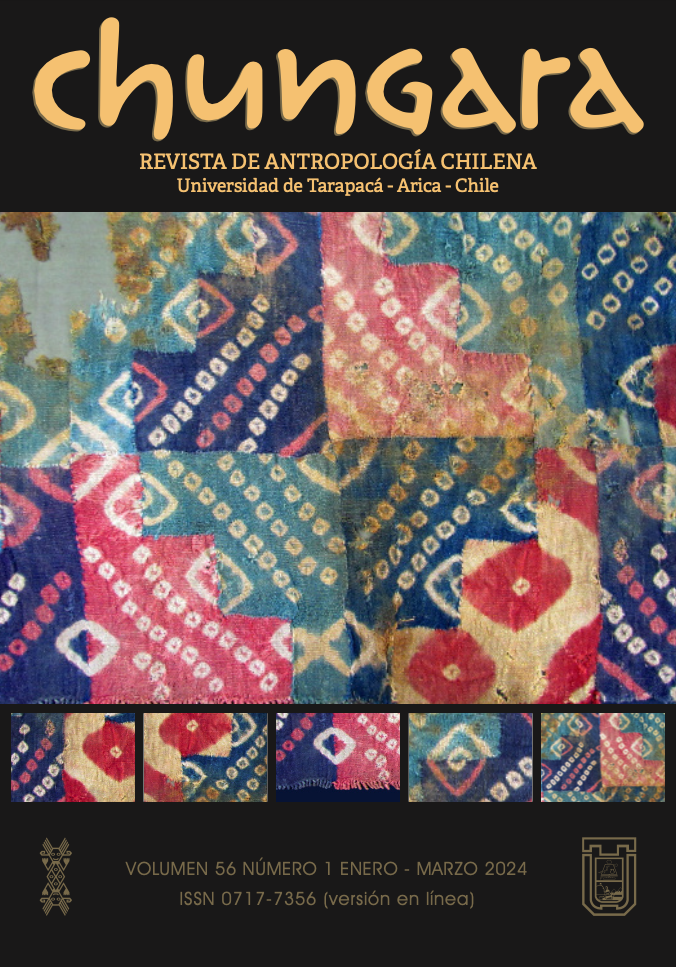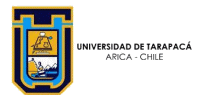ALCALDES Y MAYORDOMOS: LIDERAZGO INDÍGENA EN EL CONTEXTO ANDINO Y COLONIAL (DOCTRINA DE BELÉN, 1782-1813)
ALCALDES AND MAYORDOMOS: INDIGENOUS LEADERSHIP IN THE ANDEAN AND COLONIAL CONTEXT (DOCTRINA DE BELÉN, 1782-1813)
Xochitl Inostroza Ponce and Jorge Hidalgo Lehuedé
As several studies have shown, the processes that developed in the Andean area towards the end of the colonial period weakened the cacique figure in several localities. In the highlands of Arica, the ecclesiastical documentation of the Doctrine of Belén shows that the loss of the cacique’s authority contrasted with a strengthening of the indigenous chapter, the members of which fulfilled not only political roles, but also religious functions. This article highlights the high number of local authorities that succeeded one another in the Doctrine of Belén between 1782 and 1813, and outlines the various social, religious, and economic aspects that surrounded the authorities of the towns of Belén, head of the doctrine, and Socoroma, so as to understand the origin and scope of their prestige, as well as their peculiarities with respect to other indigenous leaders of the colonial period. Finally, we make an alternative proposal to the concept of cultural mediators by regarding them as ethnic authorities acting as relational subjects.
Tags: cabildo, cofradías, sistema de cargos, mediadores, compadrazgo, redes sociales







